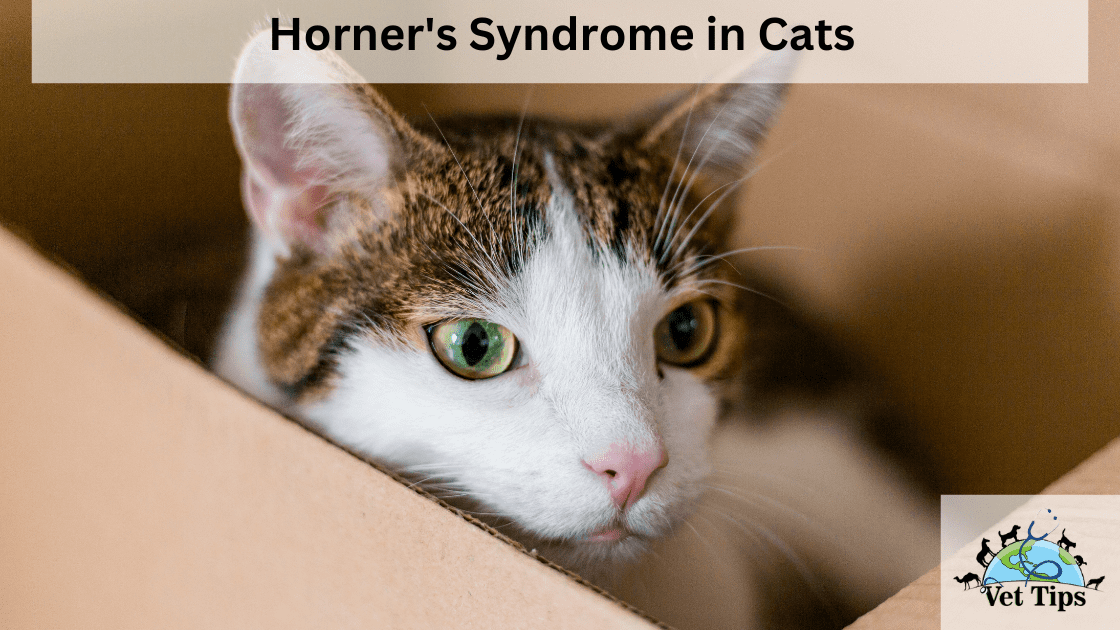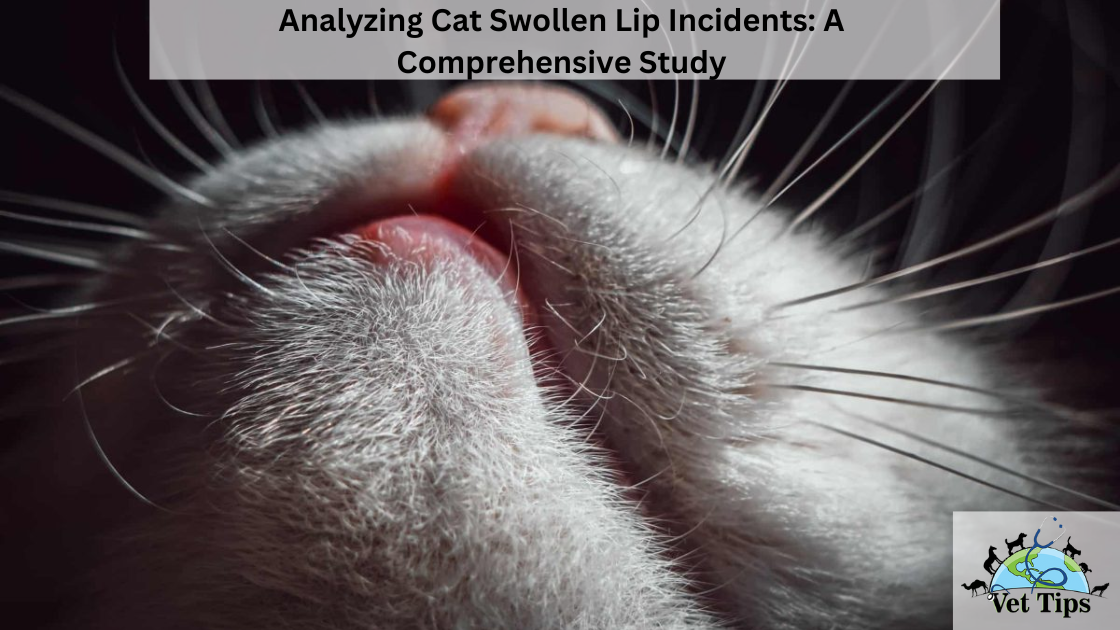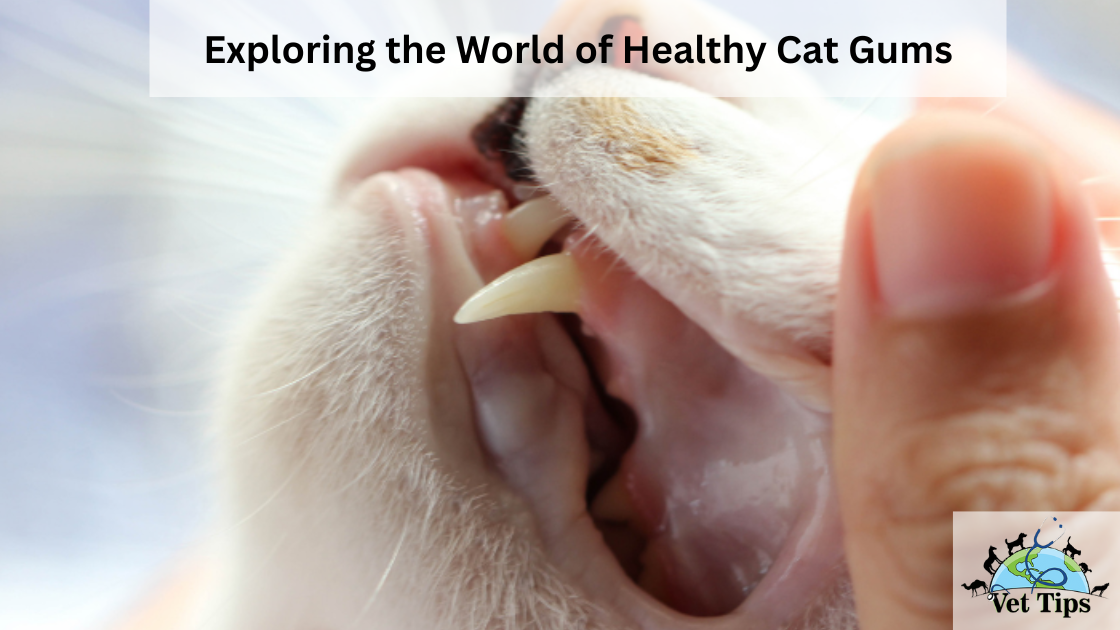In this article, we discuss all about Horner’s Syndrome in Cats. Continue reading to learn more about it…
A syndrome is an identifiable collection of symptoms and physical features that indicate a specific ailment for which the reason is unknown. As a result, doctors refer to the famed “viral syndrome” as such in practice due to the lack of knowledge about which viral agents are causing the sickness.
Physicians may refer to a causative agent or process as a disease, not a syndrome if medical research has identified it with a high degree of certainty. By virtue of its recognisable diagnostic symptoms, disease progression, and responsiveness to a specific treatment, Mucocutaneous lymph node syndrome became Kawasaki syndrome, which then metamorphosed into Kawasaki disease; the latter is appropriately a disease, not a syndrome.
What is Horner’s Syndrome?
Horner’s Syndrome is a common neurological condition affecting the eye and facial muscles caused by a sympathetic nervous system malfunction. The illness usually strikes suddenly and affects one side of the brain, though it might affect both sides in rare circumstances. There are three types of damage to the sympathetic nerve route.
First, a central lesion is a first-order injury between the brainstem and the spinal cord. Second, damage somewhere between the spinal cord and the superior cervical ganglion synapse is referred to as a preganglionic lesion in the second location differentiation (near the mandible). Finally, between the superior cervical ganglion synapse and the ocular nerves is a third-order or postganglionic lesion.
What is the Sympathetic Nervous System?
The parasympathetic and sympathetic nervous systems are the two elements of a cat’s autonomic nervous system. The sympathetic nervous system controls involuntary or automatic responses to fight or flight instincts. Pupil dilation, blinking, muscular tone, and heart rate are all part of this process. The sympathetic nerve route, which runs from the brain to the chest, is somewhat lengthy. Damage to these nerves can cause the parasympathetic nervous system to take over the sympathetic nervous system’s duties at any point along the pathway.
Symptoms of Horner’s Syndrome in Cats
The cat’s eyes are involved in the majority of the visual indications of Horner’s Syndrome. Depending on the underlying aetiology of the illness, further symptoms may appear. The following are signs to look out for:
- Ptosis (drooping eyelid)
- Anisocoria (unequal pupil size)
- The look of a sunken eye (enophthalmos)
- Conjunctival Hyperemia (protruding third eyelid)
- A reduction in the width of the ocular opening
- On the affected side, warmth and redness around the eye and ear
- Drooling
- Stumbling
- Tilt of the head
Causes of Horner’s Syndrome in Cats
Trauma from a significant head, neck or spinal cord injury is the most prevalent cause of Horner Syndrome. Some cases of Horner Syndrome are idiopathic, meaning they have no evident cause for nerve problems. The following are some of the possible causes.
- Accident in a car
- Injuries from a bite
- Tumors in the chest, neck, brain, or spinal cord, whether benign or malignant
- Disease of the retrobulbar (behind the eye)
- Problems with the middle ear
- Inflammation of the intervertebral discs
- Clots in the blood
The parasympathetic nervous system ‘takes over’ when the sympathetic nervous system that supplies the eyes is damaged or dysfunctional, and signs of Horner’s Syndrome arise. The injury or malfunction might happen in the neck, ear, or eye. Blunt force trauma, like that caused by a car collision or a bite wound from another animal, can cause damage. Diseases inside the eye or in the retrobulbar area (behind the eye), issues in the middle ear (otitis media), or tumours in the chest, neck, or brain are all possible causes of nerve loss or inflammation location.
About half of all occurrences of Horner’s Syndrome in dogs are idiopathic, which means there is no recognised cause. In cats, on the other hand, a reason is almost always discovered, and idiopathic Horner’s Syndrome is quite unusual. Horner’s Syndrome affects many cats who have recently experienced trauma, such as being hit by an automobile.
Your veterinarian may propose a set of diagnostic tests to identify an underlying reason based on your cat’s recent history and other physical findings on inspection. A neurologic evaluation, an otoscopic examination (ear examination), and chest and neck X-rays are frequently included in the initial testing.
Are there any other conditions that resemble Horner’s Syndrome?
The only visible symptom in some instances is the elevation of the third eyelid. If your cat has facial paralysis (common with acute ear infections), severe dehydration, or Haw’s paralysis, your veterinarian will rule out these possibilities. Cats with Haw’s paralysis will raise their third eyelids in response to illness, especially intestinal discomfort; the third eyelids may stay elevated for up to 4-6 weeks before returning to normal. Feline dysautonomia (Key-Gaskell syndrome) is an uncommon condition in cats that causes constricted pupils, elevated third eyelids, urine retention, constipation, and other issues due to severe sympathetic nervous system disruption.
Diagnosis of Horner’s Syndrome in Cats
The veterinarian will require your cat’s complete medical history to determine any underlying concerns. Next, the cat will be given a thorough physical examination. Life-threatening situations will be handled first if the cat has suffered traumatic injuries. Next, the veterinarian will perform a neurological evaluation and an otoscopic (ear) analysis to rule out any underlying health conditions. Horner’s Syndrome must be distinguished from other states with similar symptoms, such as ear infections, facial paralysis, or Key-Gaskell Syndrome.
To find any damage to the sympathetic nerve route, a phenylephrine test might be used. The damage is further away from the eye the longer it takes for the pupil to return to average size following drop administration. To help uncover any health abnormalities in the body, whole blood work will be conducted, including an entire blood count and a biochemical profile. Urinalysis can be used for this as well. Cerebrospinal fluid samples may be taken for testing if the spinal cord or brain injury is suspected.
Treatment of Horner’s Syndrome in Cats
Horner’s Syndrome typically resolves spontaneously or on its own over time. Because your cat may be unable to blink normally, your veterinarian may offer symptomatic medication in the form of eye lubricants to help prevent corneal ulcers caused by ‘exposure keratitis.’ Another symptomatic treatment that may be suggested is phenylephrine drops to dilate the pupil in the affected eye. If an underlying condition is discovered, it is critical to treat it.
Horner’s Syndrome is a collection of symptoms rather than a disease. If there is no underlying reason, the problem may resolve on its own. Symptoms can be treated to provide relief while the cat is experiencing them. If a primary health problem is identified, the Syndrome can be reversed with correct therapy.
Drops for the eyes
Eye drops may be recommended if the cat’s eyes are irritated by the numerous consequences of Horner’s Syndrome to help alleviate blinking and soothe and reduce any ocular ulcers. In addition, if the cat has an abnormally dilated pupil, phenylephrine drops can be administered to address the problem.
Surgical Extraction
If a tumour is found to be the source of the nerve damage, it may be removed to alleviate symptoms. However, based on the area of the tumour, this may or may not be possible. If the risk is less than the severity of the symptoms, or if the tumours are malignant, surgery should be conducted. The surgery is performed under general anesthesia.
Recovery of Horner’s Syndrome in Cats
If your cat already had surgery, make sure to follow all of the care instructions given to you at home. Check for swelling or bleeding at the incision site daily. If tumours are discovered to be the source of Horner’s Syndrome in your cat, the outlook may be bleak. However, if the Syndrome is caused by trauma and the cat survives all other injuries, there is a good possibility of recovery.
The nerve abnormalities may resolve on their own if the illness emerges quickly and no reason is recognized. However, it may take up to 16 weeks for this to happen. Horner’s Syndrome can be persistent in some instances due to irreversible damage; however, this is uncommon.
Click here for the source file.
Click here for similar posts like this.









One thought on “Horner’s Syndrome in Cats”